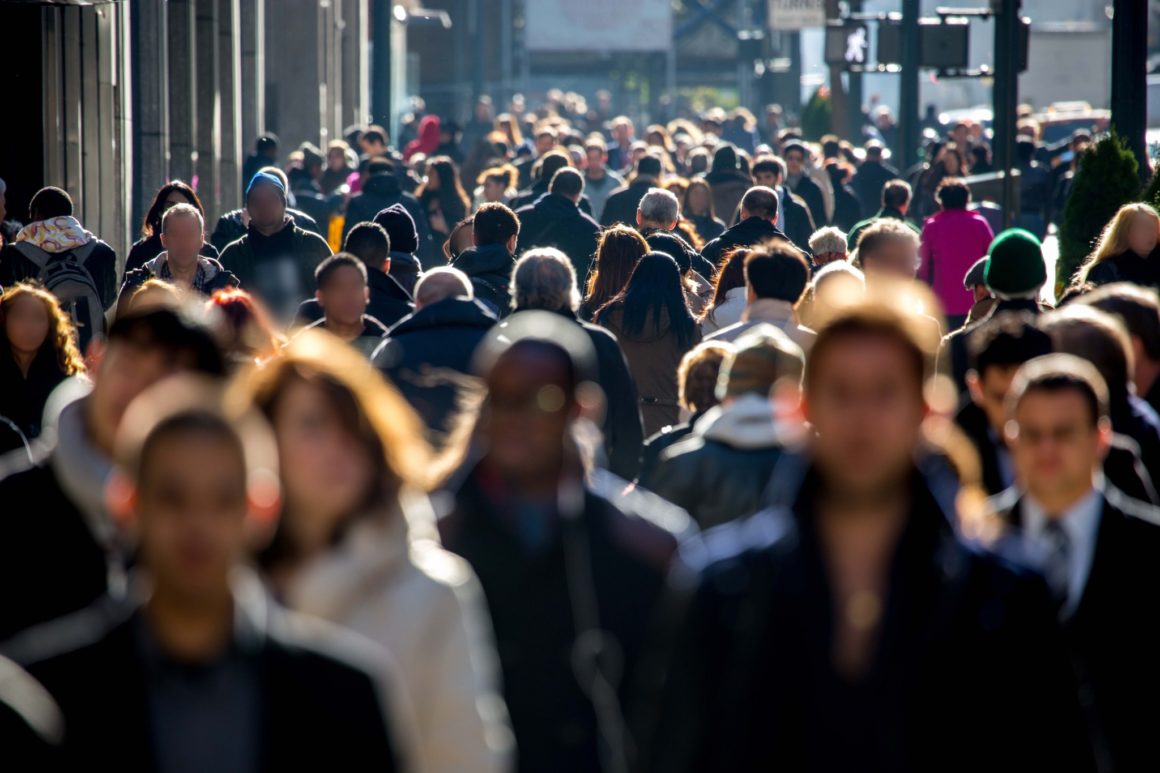Imagine you are walking down a crowded street. You pass thousands of people, but you only notice a few faces while the many others are ignored. How does your brain decide which to notice and which to ignore? Actually, no face is entirely ignored, but in a fraction of a second your brain decides at the subconscious level which of these signal power, dominance, threat or reliability and those faces are taken to the conscious level. Specific personal motivations can modify priorities as to which faces can pass to the conscious level. For example, people who are living a fulfilling sentimental relationship with someone do not raise potential partners to the conscious level whereas those who are not living such an experience, do in fractions of a second. Mothers with small kids in the crowd select menacing faces so that then they can scrupulously avoid them. Using magnetic resonance and sophisticated evaluations of blood flow it is now possible to see which areas of the brain are involved in the passage of stimuli from subconscious to conscious. Researchers are now trying to see if by stimulating and/or inhibiting the process by which stimuli become conscious, certain behavior disorders (autism or excessive shyness) can be treated. The process is the inverse. Starting from brain electrical activity you go backwards searching for the image that generated it. The procedure might also be useful in Forensic Medicine where the hope is that beginning with the electrical activity it will be possible to work back to re-create an image of a wanted face of a suspected criminal.


Leave a Reply